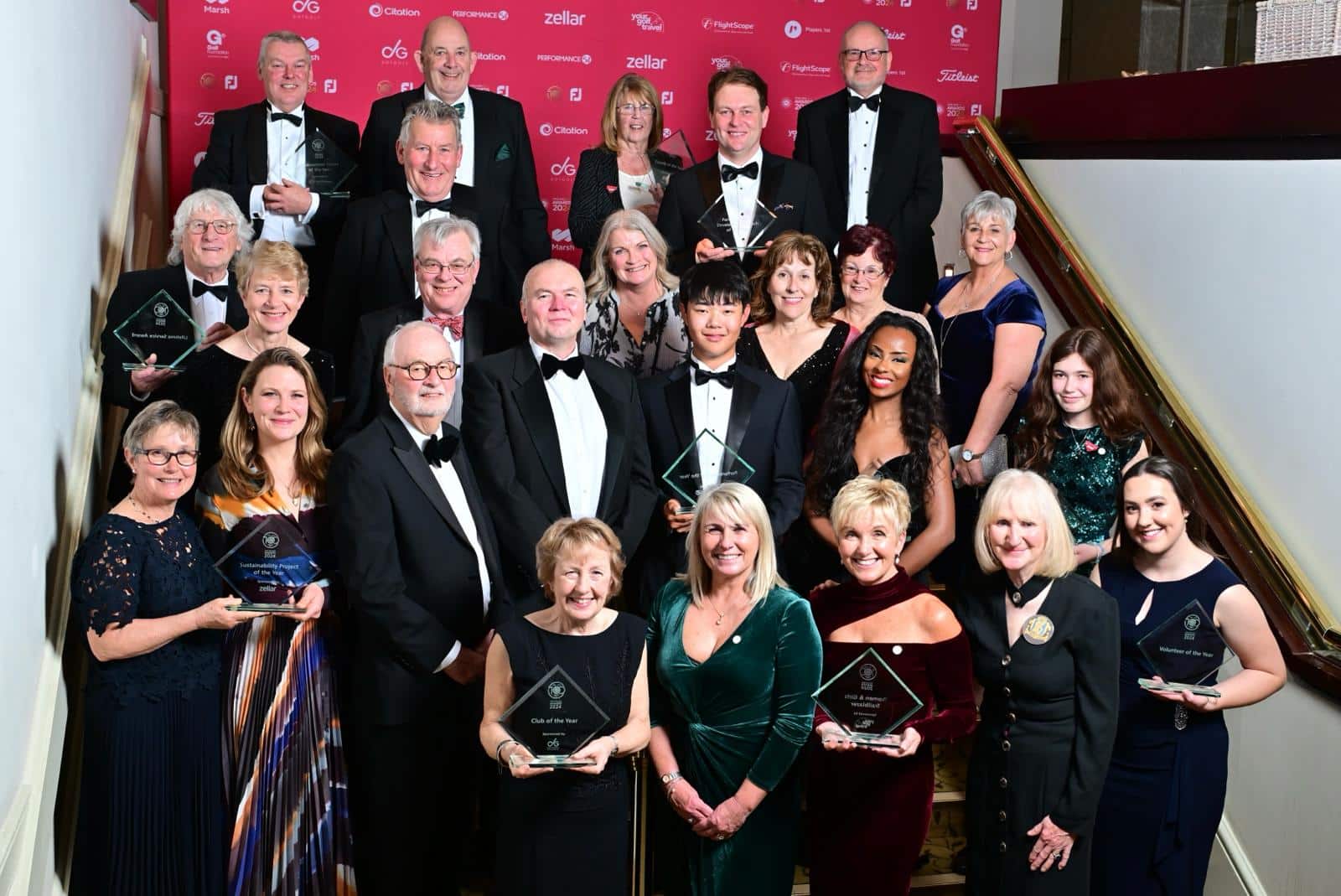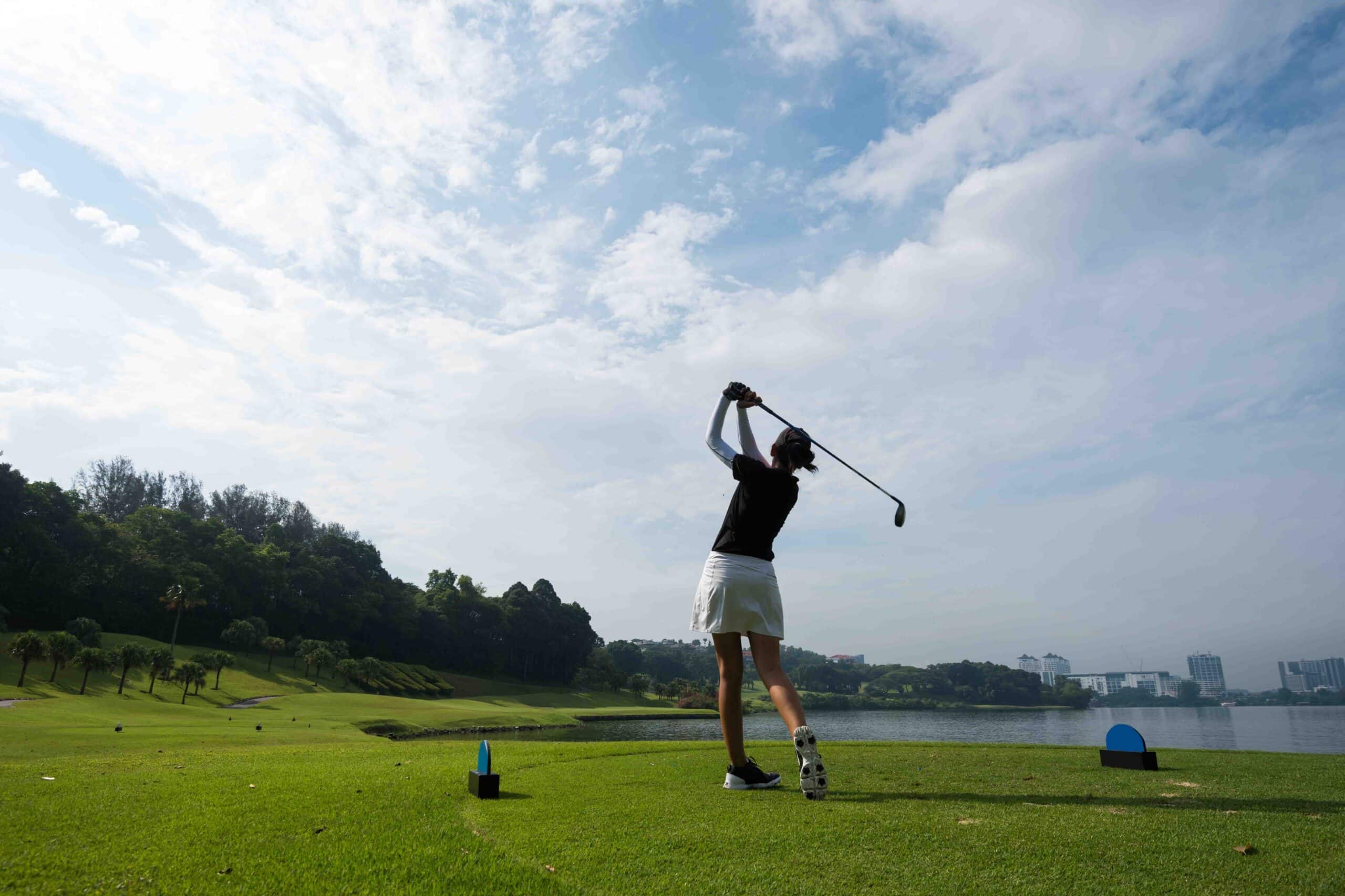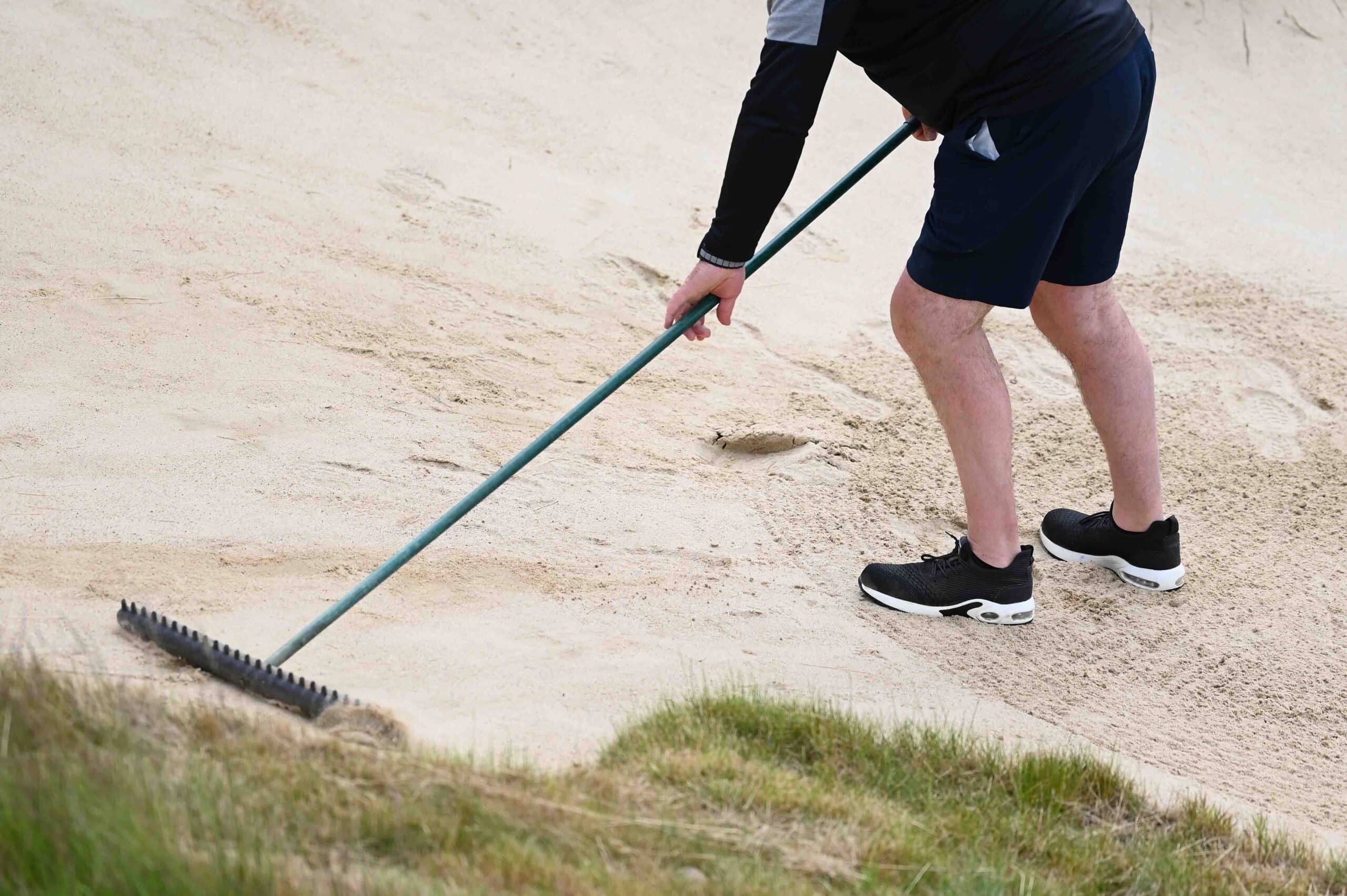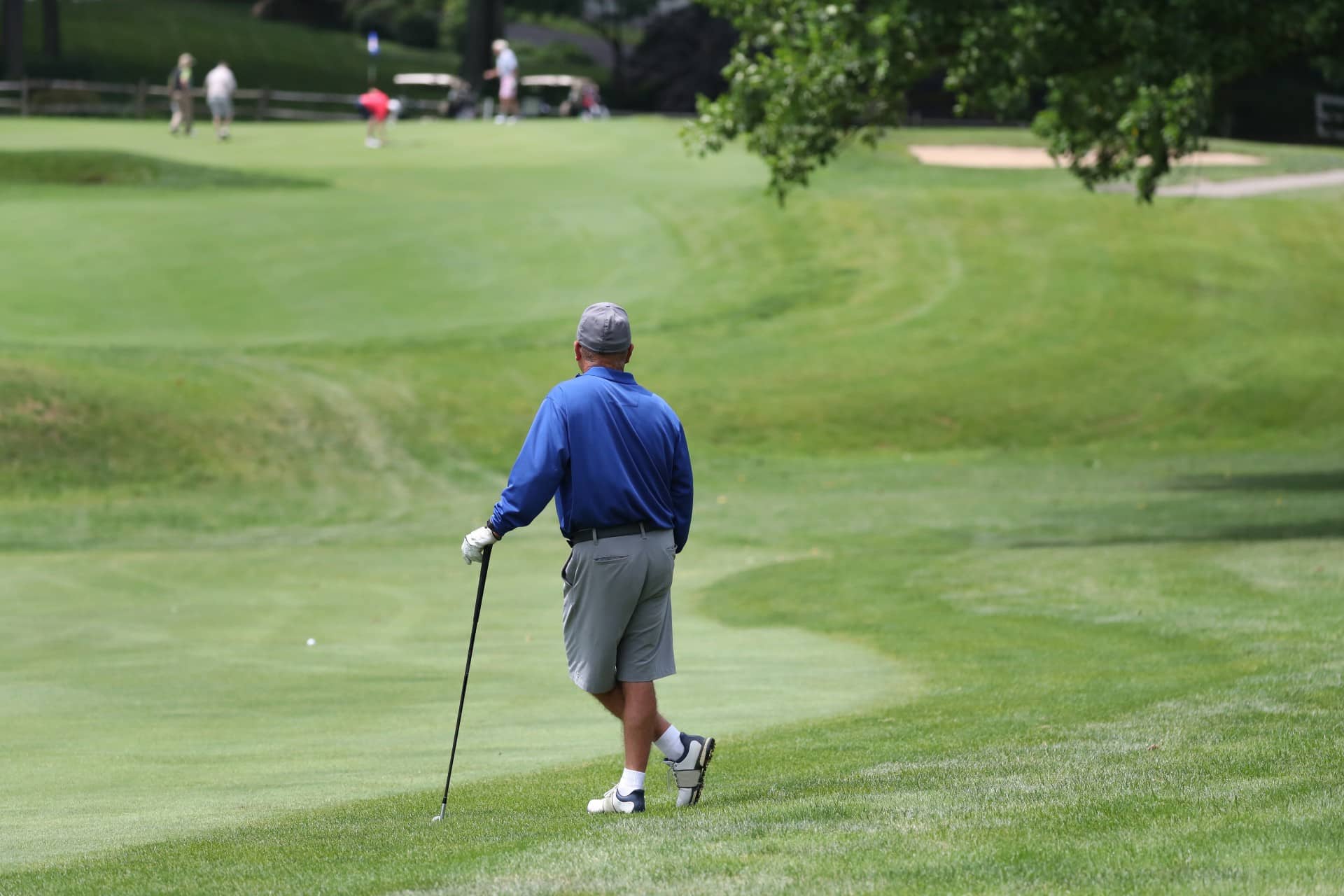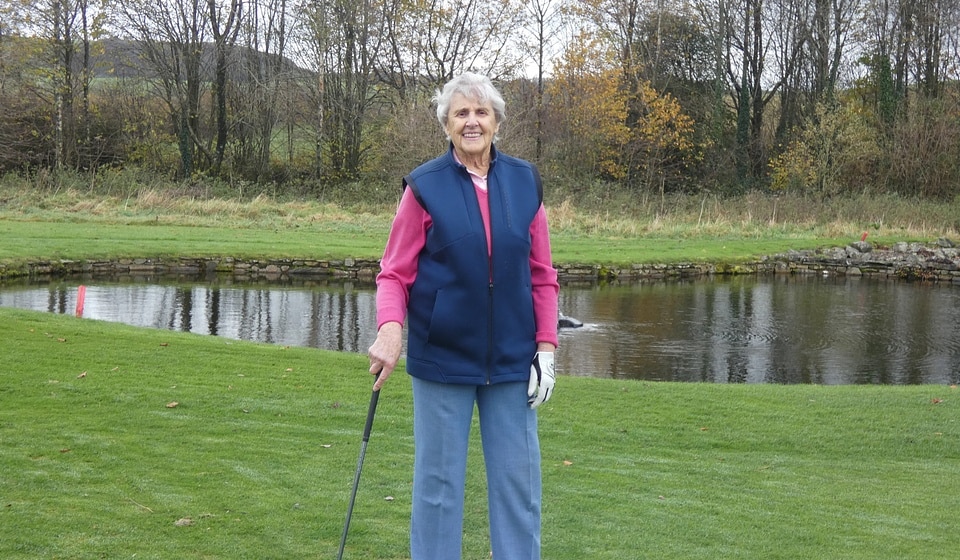‘Golf has given me so much – I just wish it was similarly appealing to females new to the sport’
NCG’s Nicola Slater, an England international who plays off a handicap of +3, reflects on her simultaneously uplifting and frustrating experiences of being a female golfer
In recent years we have seen female golfers exhibited more than ever. The introduction of mixed gender tours and events has provided them with both equal playing rights and equal prize money.
The European Tour’s 2020 collaboration with the Ladies European Tour saw 78 men and 78 women showcased on the same stage for the first time.
Since then, the event has been played three times with one female and two male winners. The spectacle is broadcasted to many who may not typically choose to watch female golf.
While these are great steps for the professional game, as of 2019, less than 20 per cent of all golfers in the UK and Ireland were female.
In 2020, following the pandemic, it was reported than 25 per cent of female golfers were trying golf for the first time. Getting women to try golf is a huge struggle but keeping them in is just as challenging.
Many schemes are out there for women who wish to get into golf, however, there is an unfortunate ‘churning effect’ where players leave the game as fast as they started.
Research shows that 80 per cent of golfers worldwide are male. The low participation rates of women compared to men lead to the question: what is stopping women from playing golf?
While there are practical challenges such as work and finances, these also apply to men. So there must be something greater.
Golf is known for its traditions, many of which are underlying barriers to participation. Male-only competition times and days, restricted access for female members on and off the course, strict dress codes and a dominating sense of male authority, can all contribute to women and girls feeling unwelcome.

Inequalities for women in golf are normalised at clubs
It would be completely unfair to pin these on every golf club – though most will display at least some of these characteristics. Plus, many female members are just as ingrained in these traditions as their male counterparts. For new female members, this can all be a little daunting.
Personally, I have been in the golfing world since I was nine years old. I have played many different events at a wide range of clubs worldwide, so I feel like I’ve had my fair share of experiences.
As I grew up playing golf, it was hard to recognise any inequalities, as they’re very normalised at golf clubs. As I’ve got older, I have become inured to the “but you play off the red tees” or “not bad for a girl” comments, said with a snigger.
They are most likely said with a light-hearted intention but unfortunately, after hearing them hundreds of times, have long lost a humorous connotation to me.
I’ve been told I can’t play at certain times of the day. I’ve been told I can’t go in the snooker room in the clubhouse. I’ve been made to wear men’s extra-large waterproofs as my skort was just above my knee – albeit they sold the same skort in the pro shop!
However, for the most part, golf has provided such joy in my life. I have created some amazing memories and friendships that will last a lifetime.
With that all said, I would urge any women or girls who wish to participate in golf, or who have just started to persevere, as it is not only a game but an entire social experience.
Nicola graduated from Stirling University studying Sports Studies. She wrote her dissertation on barriers to participation for women in golf.
Have your say
What do you think? Does women’s golf get the credit it deserves? Let us know your views by sending us a tweet.

Nicola Slater

Nicola recently graduated from Stirling University where she studied Sports Studies, she wrote her dissertation on barriers to participation for women in golf.
Nicola plays her golf at Hickleton Golf Club and has recently started her professional career on the LET Access Tour. Having played for Yorkshire Ladies and has represented England at junior and senior level.



